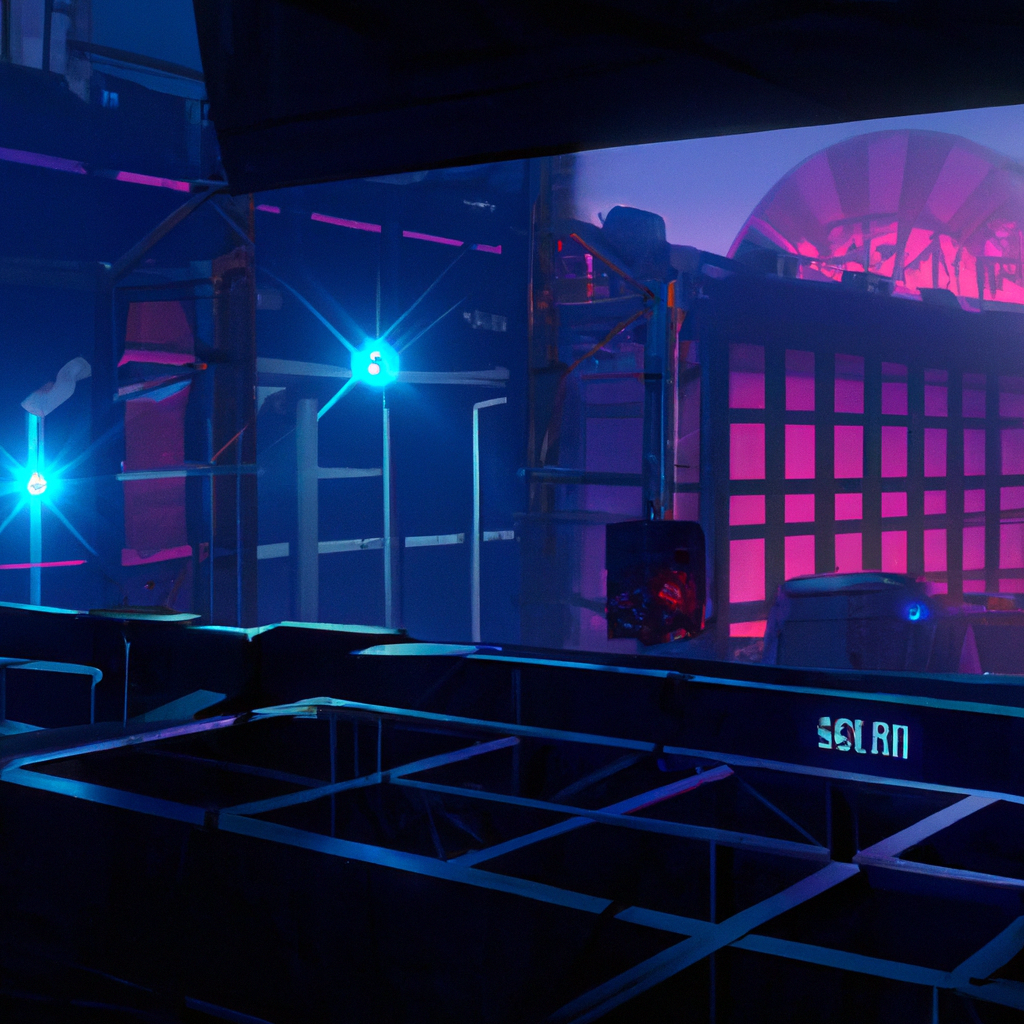“Mastering Multiplayer Game Development: Top Best Practices to Follow”
Developing a multiplayer game can be an exciting endeavor, providing opportunities for gamers to interact, strategize, and compete with one another in real-time. However, it’s also a complex process that requires significant planning and consideration.
Here are some best practices to consider during multiplayer game development:
1. **Plan Your Architecture**: Your game’s architecture is the foundation upon which everything else is built. It’s crucial to decide early whether you’ll be using a peer-to-peer network, a client-server network, or a hybrid of the two. Each has its own strengths and weaknesses. A client-server network, for example, can reduce cheating and provide a more consistent gaming experience, but it also requires more resources to maintain.
2. **Efficient Network Programming**: Network latency can make or break your multiplayer game. To minimize latency, you should optimize your network programming. This includes reducing the volume of data transmitted, using data compression, and focusing on efficient network protocols.
3. **Matchmaking Systems**: A good matchmaking system is crucial to ensuring that players have a positive experience. This system should take into account the skill level, connection speed, and preferences of each player to create the most enjoyable and fair matches possible.
4. **Presence of Dedicated Servers**: Depending on your game’s structure, dedicated servers can provide a more stable and cheat-resistant gaming environment. They can handle the heavy lifting of game logic, AI, and physics simulations, freeing up resources on the user’s device and providing a more consistent experience.
5. **Security**: Multiplayer games are often targets for cheaters and hackers. Implementing robust security measures from the start of development is crucial. This includes both server-side and client-side security, as well as regular testing and updates to keep ahead of potential threats.
6. **Scalability**: Your game should be designed to handle a wide range of player counts. This means designing your server architecture to scale horizontally (adding more servers) or vertically (adding more power to a single server) depending on the expected player load.
7. **Synchronization**: It’s paramount to keep the game state synchronized among all players. This can be achieved with techniques such as lockstep protocol, state synchronization, or deterministic lockstep.
8. **Fairness**: Balancing multiplayer games is a challenge. Developers should ensure that the game is fair and balanced for all players, regardless of their level of experience or skill.
9. **Community Engagement**: Engage with your player community and encourage feedback. Listening to your players can provide valuable insights into bugs, balance issues, and potential new features.
10. **Continuous Testing**: Before launching, make sure the game has gone through rigorous playtesting. Use real-world conditions to stress test your servers and ensure that everything runs smoothly.
Developing a successful multiplayer game requires careful planning and attention to detail. By incorporating these best practices into your development process, you’ll be well on your way to creating a game that players will enjoy for years to come.






